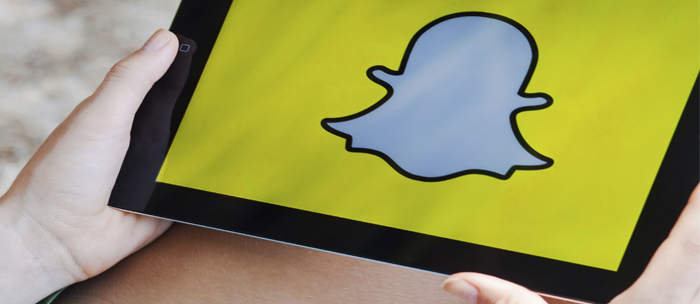The cat is out of the bag on hyperlocal targeting. Marketers have recognized the value of location specific advertising on mobile and are putting significant dollars behind the tactic. In the US alone, location targeted mobile ad revenue is expected to reach 18.2 billion by 2019. To put that in perspective, 2015 had only 6.8 billion dollars in mobile location ad revenue. Hyperlocal mobile targeting allows advertisers to message users in a very specific location. But what should those locations be? Let’s take a look at a few examples of the power of hyperlocal mobile location targeting.
Proximity Targeting
This one is obvious, but it’s powerful enough that it can’t be left out. The ability to message a user at or near a specific location is incredibly powerful. For the first time, marketers are able to message users digitally with great accuracy, while knowing exactly where they are. This of course is unlocked by the information signals mobile devices receive, specifically signals coming from apps that have been given access to the GPS functionality of the device. Let’s be clear – we never had this type of information precision on desktops. Retailers can now message users when they are within a few blocks (or any radius) of a brick and mortar location. By providing valued incentives (coupons, discounts, etc.) these advertisements can be incredibly effective at driving foot traffic. Brands can message users while they are in a department store and showcase products they know are inside (and even in stock) at the specific location the ad is being viewed.
Conquesting
Location is a great signal of intent and should be used as such. In the scenario of a device being seen at an auto lot, it can be inferred that said person is likely in-market for a new vehicle. Messages can be tailored accordingly and shown to the device owner. However, what if the device isn’t on your auto lot, but instead a competitors? This is an excellent scenario to leverage hyperlocal mobile targeting in efforts to lure users away from a competitor and towards another brand! In the desktop world, conquesting is often used as a tactic in online advertising and these practices can be effectively carried over to mobile. Targeting the physical footprint of competitors can be an effective method of conquesting and easily achievable via hyperlocal mobile targeting!
Association
Some brands or advertisers may desire an association with a specific activity, location or event. This could be as simple as geofencing around Central Park or a beach. Nevertheless, the impact may be substantial. By advertising to users when they are at a specific type of location, a brand may be able to tie association to that activity. For example, a sunscreen brand may want to reach users at the beach, or a shoe company may advertise at sporting venues. These types of associations, while definitely more brand-focused as opposed to a direct response campaign, can be great ways to leverage location targeting.
Need Based Association
It’s important to remember that location is not a tool that must be used in a vacuum. Location information is a powerful tool when used alone, but we can enrich our understanding of a location by layering on other types of information. By layering in information like time of day, or current weather conditions, advertisers can create much more powerful campaigns. For example, knowing that it’s raining and a user is near an outdoor recreation store may present an opportunity to showcase an umbrella in a mobile ad. By surfacing relevant real time information such as weather, it can allow advertisers to add move value to their messaging and make it more likely for the viewer to take action. By leveraging time and location, marketers can serve the most relevant messaging.
Retargeting
While not a new concept, knowing the device that an ad was served to, in real time, while at a specific location, opens the door for powerful re-marketing and retargeting campaigns. Advertisers should be leveraging the fact that they know that an individual device was at a specific location, to create more relevant messages for users. What’s more, advertisers can use this past location information to drive foot traffic, conversions and purchases by incentivizing users based on their location history.
Hyperlocal location targeting can be an incredibly powerful tool when used by marketers. Advertisers should be pushing the limits of traditional location based campaigns and looking to layer new types of targeting, information and data, on top of the powerful location signals received.
So get creative!










